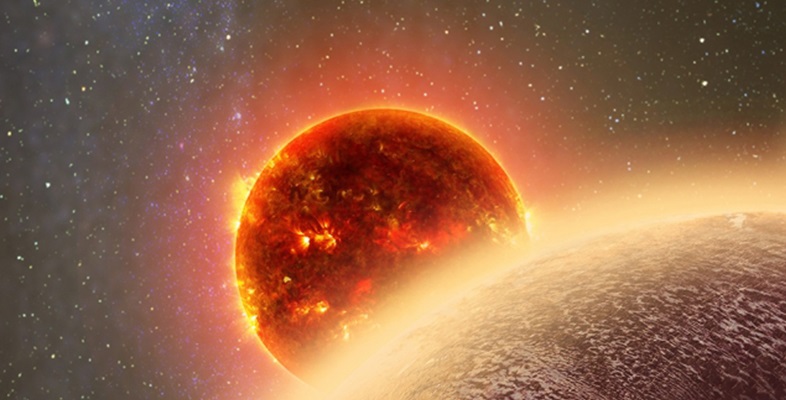5.1 Continuous observations
The first difficulty with a telescope on the ground is the impossibility of making truly continuous observations. As the Earth rotates, different parts of the sky go in and out of view from any particular telescope. The video clip below shows this, with some dramatic footage of the Milky Way moving across the sky as the Earth rotates. But with transits you can’t just observe the star at any old time – it has to be when the planet is transiting. If you haven’t detected a planet yet you don’t know when it’s going to transit! For this reason, it’s really useful to be able to continuously measure the brightness of the star you are studying. This is possible from some telescopes in space (but not all – it depends on the orbit that the space telescope itself follows).
This video shows the motion of stars in the night sky as the Earth rotates underneath.
Time-lapse photography of the night sky [Tip: hold Ctrl and click a link to open it in a new tab. (Hide tip)]
